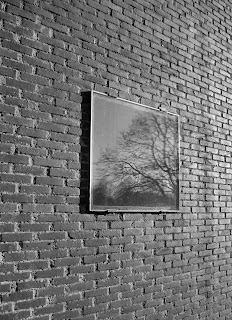The year's research so far is building to a project within King's Quadrangle as a means to reassert a public space, give the University a civic role, design a new School of Law, avoid the typological destruction of Somerset House's Eastern Wing, and provide a more coherent link from church to Quadrangle to the Thames. All of this has the intention of making the good quality spaces that people want to inhabit.
See: http://www.strandlines.net/story/romans-bathing-strand-lane-bath
For more information on the Bath. I feel no need to reproduce the excellent research that Michael Trapp has done on the subject.
From top to bottom: Plan, model photograph, Section, and another model photograph






